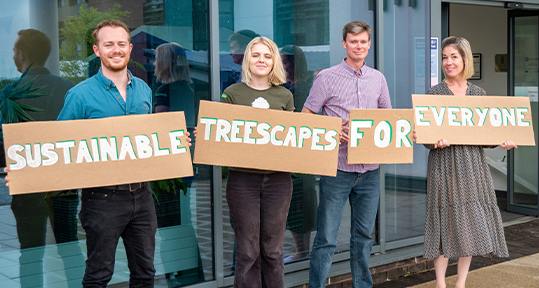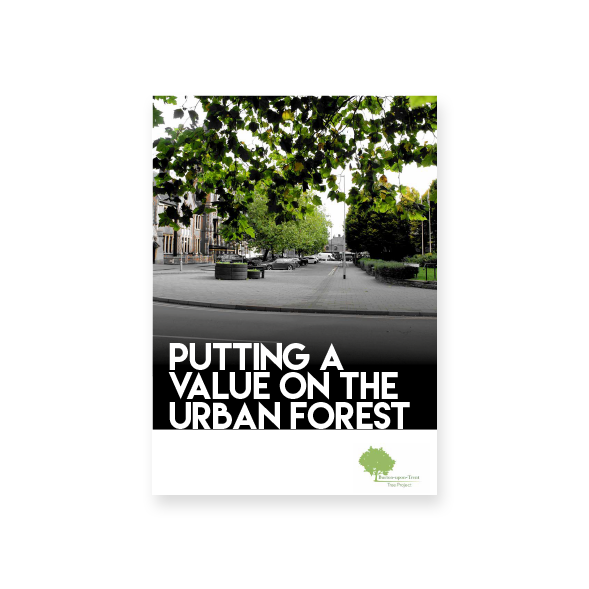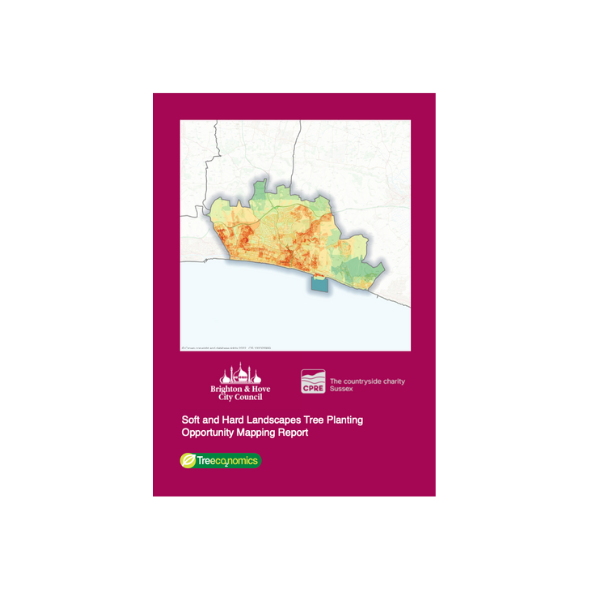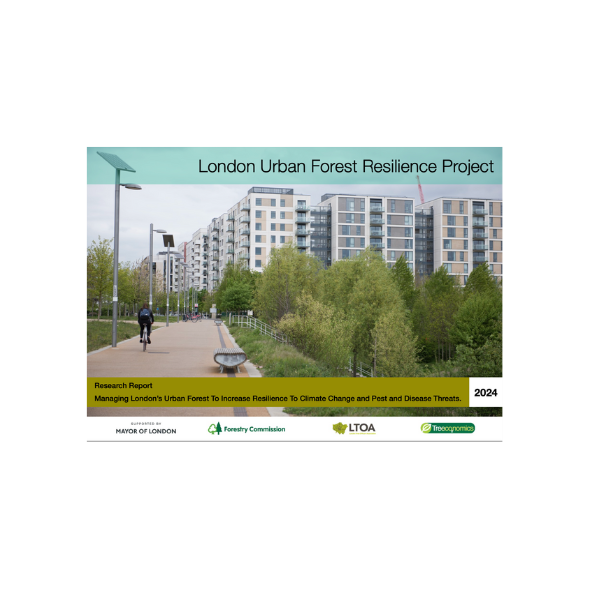Individual trees and woodlands in towns, including street and garden trees, trees in open spaces, woodlands and hedgerows make up the urban forest. Urban forests provide a wide variety of benefits to communities and the local economy, such as cleaner air, resilience to climate change, enhanced biodiversity and a more attractive place to live.
This study aimed to investigate the benefits delivered by the urban forest in a Staffordshire town. It is hoped that this study – a first for Staffordshire – will inspire other communities to explore their urban forests. The study area was Burton upon Trent in East Staffordshire, which lies within The National Forest.
The study used a methodology called i-Tree Eco, which has been used both in the UK and internationally to evaluate the benefits of urban forests, assigning financial values where appropriate. The study was based on a survey of 250 randomised plots, stratified against deprivation data. Plots of 0.04 hectares (400m2) were surveyed by trained volunteers in August -September 2016. Survey data was entered into i-Tree Eco software to establish a quantitative baseline of the structure and value of Burton’s urban forest for setting objectives and monitoring progress.







